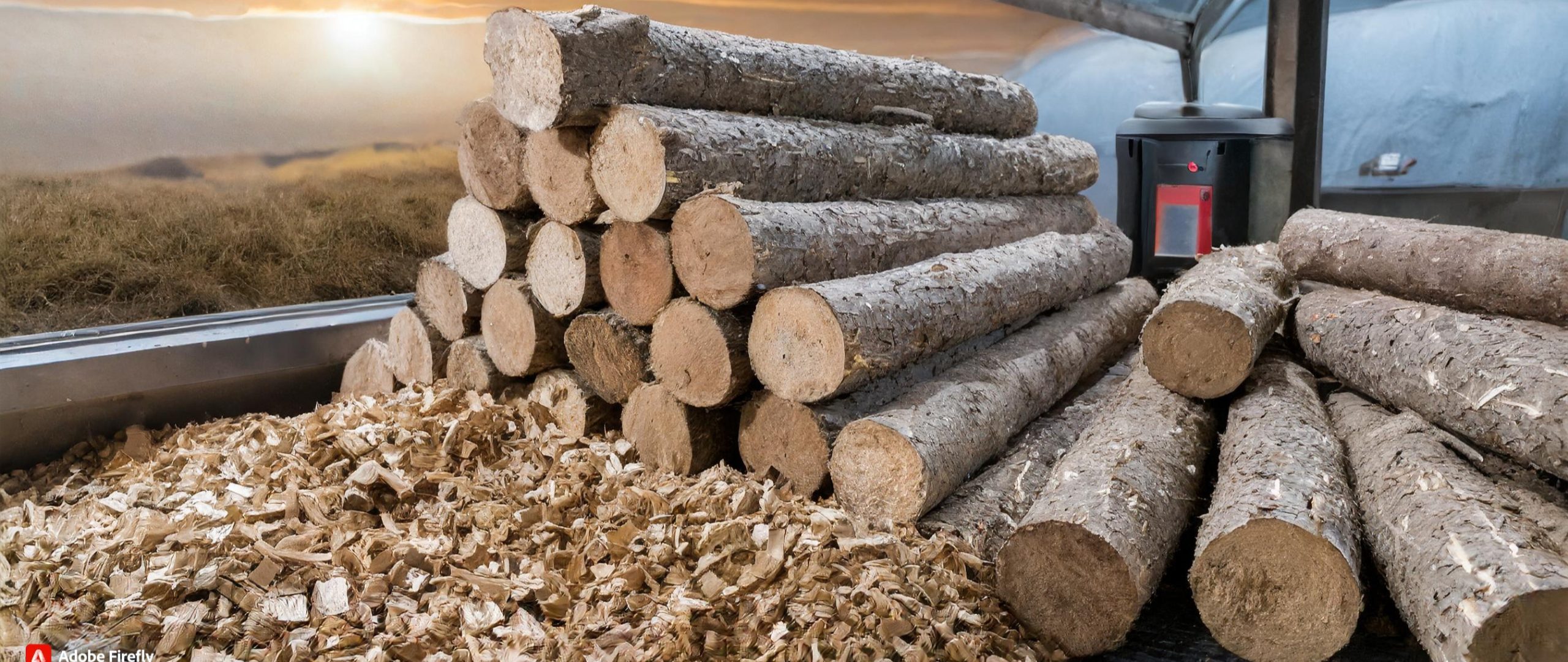Comprehensive Showcase of Global Biomass for Heating & Power Innovations & Startups
From CLIMAFIX, leader in climate innovation intelligence
Biomass for Heating & Power Introduction:
Biomass is one of the oldest sources of energy known to humans. But with decarbonizing large parts of commercial and industrial heating and power applications on the agenda, biomass has started playing a larger role in being the feedstock that can replace coal for industrial heating and power generation.
Biomass-based power generation, while lagging behind others such as solar PV, wind power, and hydro-power, still is a fairly large 140 (slightly bigger value) GW worldwide. Recent efforts have also resulted in some large-scale biomass power plants, with a UK power plant having a massive 730 MW of power generation capacity.
Biomass power can supply firm power – 24×7, so it can be a drop-in replacement for coal use. Biomass power and heating can also use agricultural and forest waste, and these are available in large quantities in many parts of the world. Almost every country in the world has access to biomass that can be used as an energy crop. Biomass can also be co-fired with coal and thus provides a clean energy transition pathway that can utilise the current massive global coal power generation capacity.
Even without carbon sequestration, biomass power, and heating are considered carbon neutral as the CO2 emitted during their use for energy recovery is essentially CO2 the biomass had captured during its growth.
While biomass-based power generation and heating are mature sectors with well-established technologies, newer technologies and processes are being tried out. Pyrolysis of biomass is one of them, which can convert biomass into all three types of fuels – solid, liquid, and gaseous fuels! Torrefaction is another, which enables feedstock users to obtain biomass that is very similar to high-quality coal in calorific value and performance. Some of these processes can convert biomass into a near-equivalent of coal – bio-coal. And with recent efforts in carbon capture and sequestration at biomass power plants, biomass power even has the potential to become carbon negative.
Innovations can also be expected in the use of CO2 capture in biomass power plants (BECCS), modular systems for biomass heating, production of bio-coal, and enhanced use of digital technologies along the entire value chain – from the source of biomass until energy utilisation or export to the grid.
The main drawback of biomass as an energy source is its availability in a distributed and largely unorganised nature, which leads to unreliable supply chains. For instance, India generates an estimated 350 million tons of agricultural waste a year, a large part of which can be converted to energy, which also provides increased valorization for the farmers. But owing to mainly logistical challenges, only a small fraction of the total available agricultural waste has been put to use so far.
The Biomass for Heating & Power Innovations & Startups Report provides insights on the following:
- Current & Emerging Technologies
- Innovation & Startups Analysis
- Urgency of this Decarbonization Avenue
- Unique Solutions Derived from Startups
- Commercialization Potential
- Scalability
- Highlights of Prominent Innovations & Startups
- List of 10 High Impact Startups
For each startup, the following inputs are provided:
- Product
- Key benefits
- Technology & process
- Videos
- Links to founder profiles
- Links to prominent news & analyses about the startup
The Biomass for Heating & Power Innovations Report is part of CLIMAFIX 500, a comprehensive global climate innovation and startup report.



